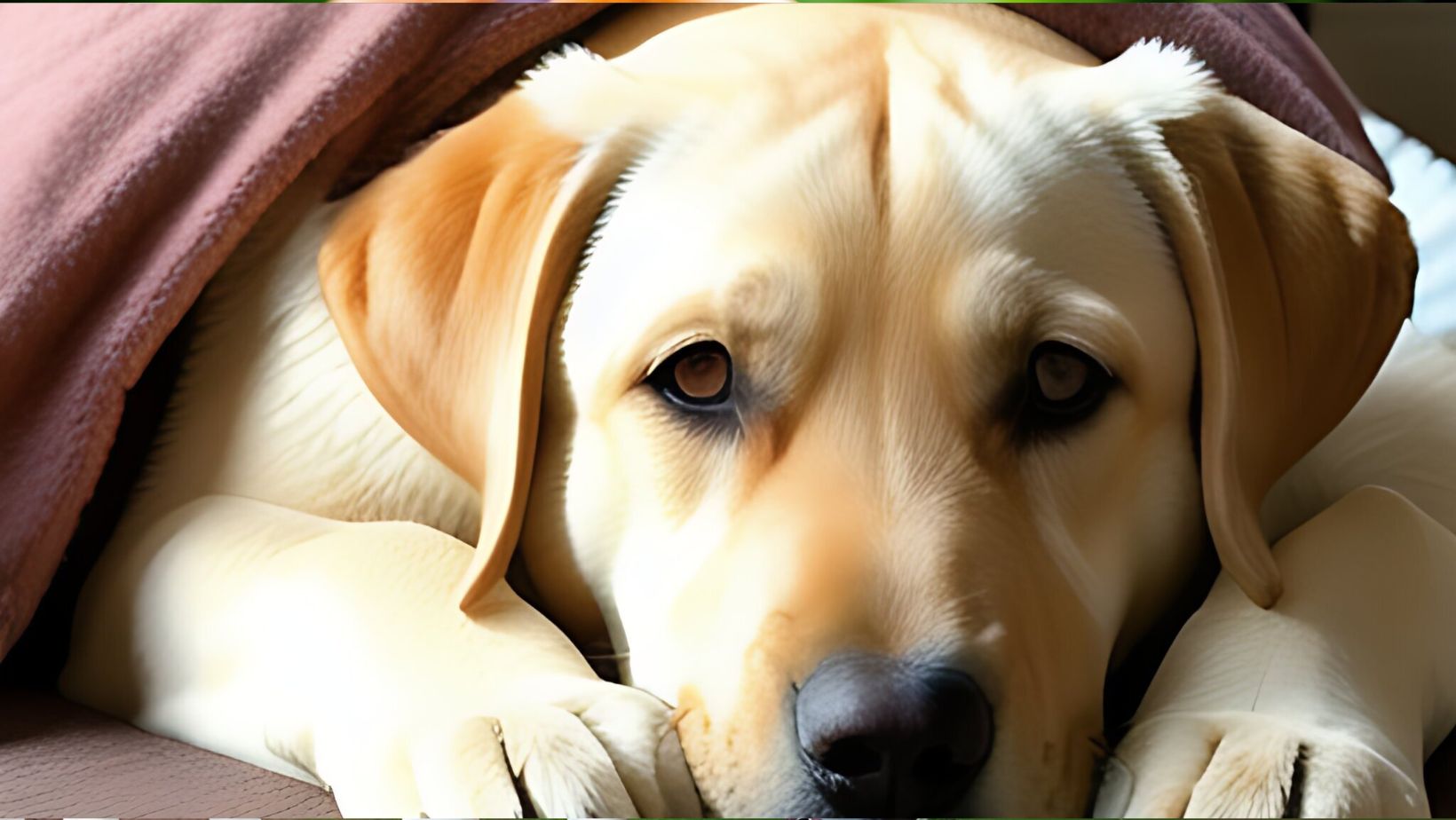How to Get Your Dog to Calm Down
If you have a Labrador that just won’t seem to calm down, don’t worry, you’re not alone. Many dog owners struggle with keeping their energetic Labs relaxed and content. In this article, I’ll share some effective strategies to help your dog find their inner Zen.
One key aspect of calming down a hyperactive Labrador is ensuring they receive enough physical exercise. Labs are known for their high energy levels, and if they don’t get enough exercise, they can become restless and agitated. Make it a priority to take your Lab for regular walks or engage in vigorous play sessions to tire them out.
Importance of Calming Down Your Dog
When it comes to our furry friends, like my Labrador, keeping them calm is essential for their overall well-being. Dogs can sometimes display hyperactive behavior or become anxious, which may lead to various issues such as destructive chewing, excessive barking, or even aggression. That’s why it’s crucial to understand the importance of calming down your dog and implementing effective strategies to help them relax.
- Promoting a Healthy Lifestyle: A key factor in keeping your dog calm is ensuring they have a balanced lifestyle that includes regular exercise and mental stimulation. Just like humans, dogs need physical activity to release pent-up energy and maintain good mental health. Taking my Labrador for daily walks or engaging in interactive play sessions not only helps burn off excess energy but also promotes relaxation by reducing stress and anxiety levels.
- Establishing a Safe Haven: Creating a designated space where your dog can retreat when feeling overwhelmed or anxious is another vital aspect of calming them down. This could be a cozy corner with their bed, blankets, and toys or even a crate if they feel secure inside it. Having this safe haven provides them with a sense of security and helps them regulate their emotions during stressful situations.
- Consistency and Routine: Dogs thrive on consistency and routine; it gives them a sense of structure and predictability in their lives. Establishing set feeding times, exercise routines, and regular sleep schedules can greatly contribute to their overall calmness. By sticking to these routines, you’re providing your furry friend with stability, which aids in relieving anxiety and promoting relaxation.
In conclusion, understanding the importance of calming down your dog is crucial for their well-being and harmonious coexistence within your household. By promoting a healthy lifestyle, establishing a safe haven, maintaining consistency, implementing positive reinforcement training techniques, and providing environmental enrichment, you can create an environment that supports your Labrador’s calmness.
Positive Reinforcement Training Techniques
When it comes to getting your energetic Labrador to calm down, positive reinforcement training techniques can be a game-changer. These methods focus on rewarding desired behaviors rather than punishing unwanted ones, creating a positive and effective learning experience for your furry friend. Here are some key techniques you can use:
- Reward-based training: One of the most effective ways to calm your dog is by rewarding them for exhibiting calm behavior. Whenever your Labrador is relaxed and composed, praise them with verbal affirmations like “good boy/girl” or “well done!” You can accompany this with gentle petting or offering their favorite treat as a reward. By associating calmness with positive experiences, you’ll encourage your dog to repeat these behaviors.
- Clicker training: Clicker training is an excellent technique that helps reinforce specific actions or behaviors in dogs. Start by introducing a clicker—a small handheld device that makes a distinct clicking sound—alongside treats as rewards. When your Labrador displays calm behavior, such as lying down peacefully, immediately click the device and provide them with a treat. Over time, they will associate the sound of the clicker with receiving rewards for being calm.
- Desensitization exercises: Some Labradors may become easily excited or anxious in certain situations or around specific triggers (e.g., visitors at the door). Desensitization involves gradually exposing your dog to these triggers in controlled environments while rewarding them for remaining calm throughout the process. For example, if your Labrador gets overly excited when people ring the doorbell, practice ringing it yourself and reward them for maintaining composure.
- Time-outs: When your dog becomes overly hyperactive or excitable, implementing short time-outs can help them regain their composure and learn self-control. Choose a designated quiet area where they can go to relax and settle down when needed. Encourage them to enter this space using positive reinforcement and provide them with a comfortable bed or blanket. This technique helps teach your Labrador that being calm in their designated area brings rewards.
Remember, consistency is key when using positive reinforcement techniques. It may take time for your Labrador to fully grasp what behaviors are being rewarded, so be patient and persistent in your training efforts. By utilizing these methods, you can help your furry friend find their inner zen and enjoy a more peaceful coexistence together.
